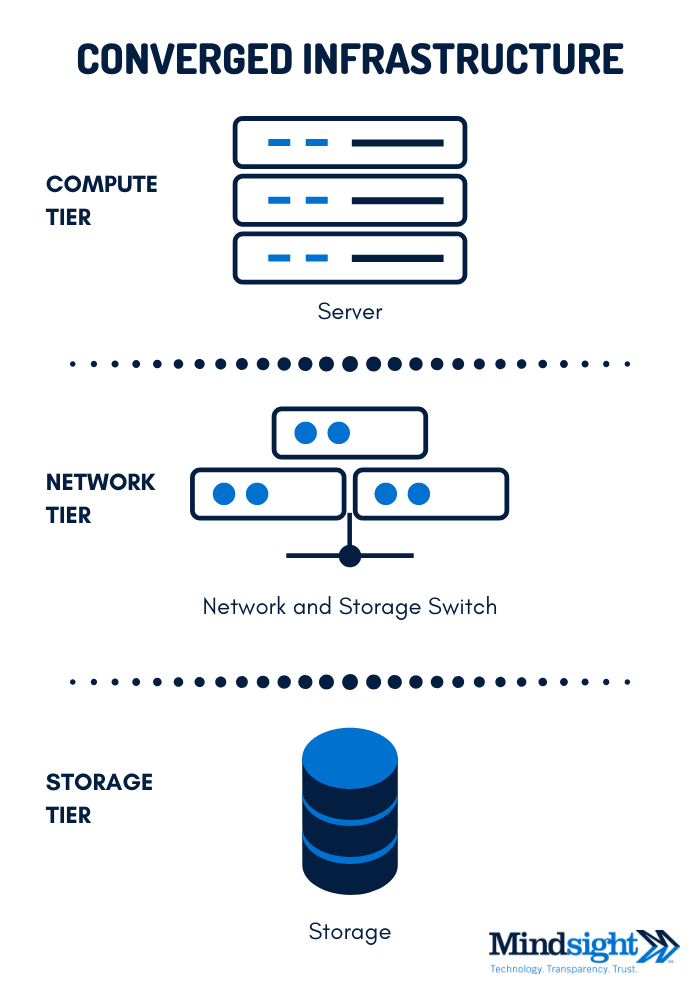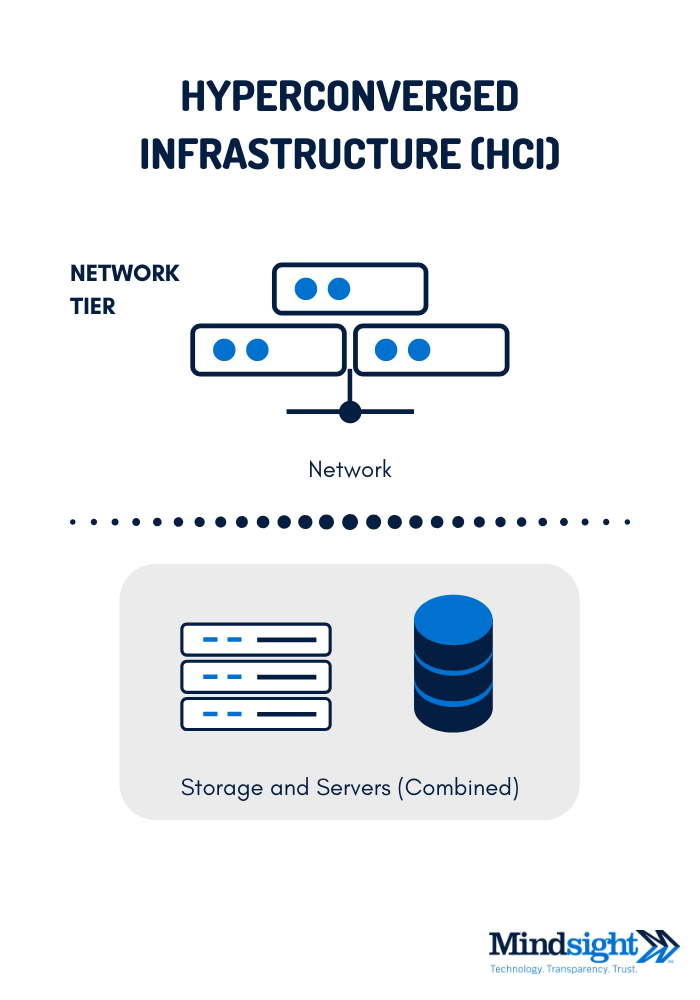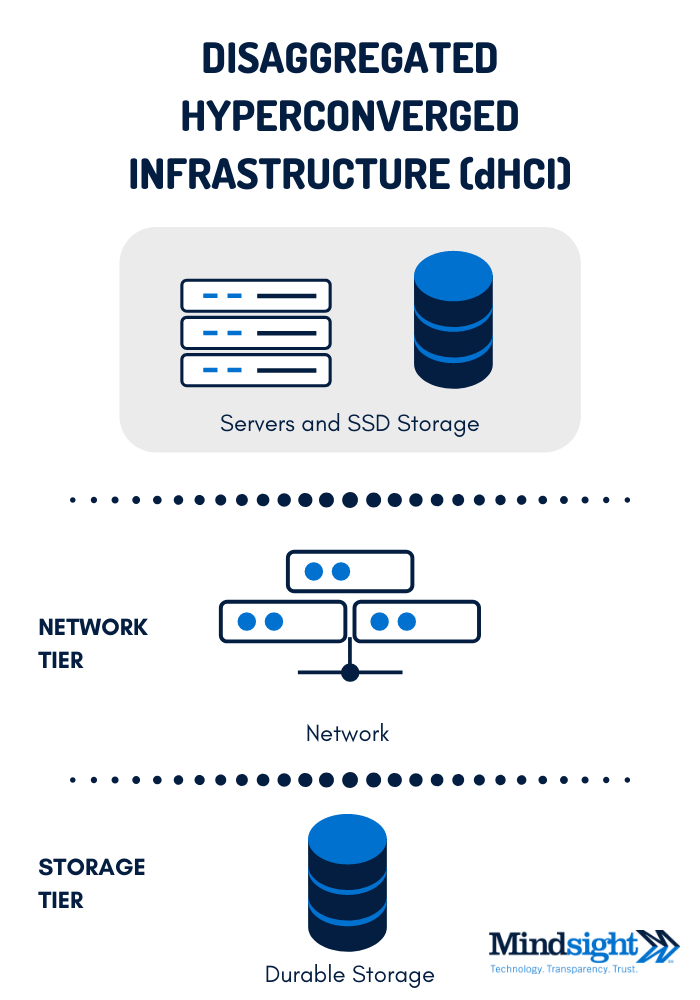Updated August 26, 2020 by Siobhan Climer and Eric White
The constant influx of new technologies and initiatives – from virtualization to HCI – has left an unkempt, untamed wild. It’s not just cables and racks that data center architects are left to organize, but the underlying arrangement of information flow and security connections.
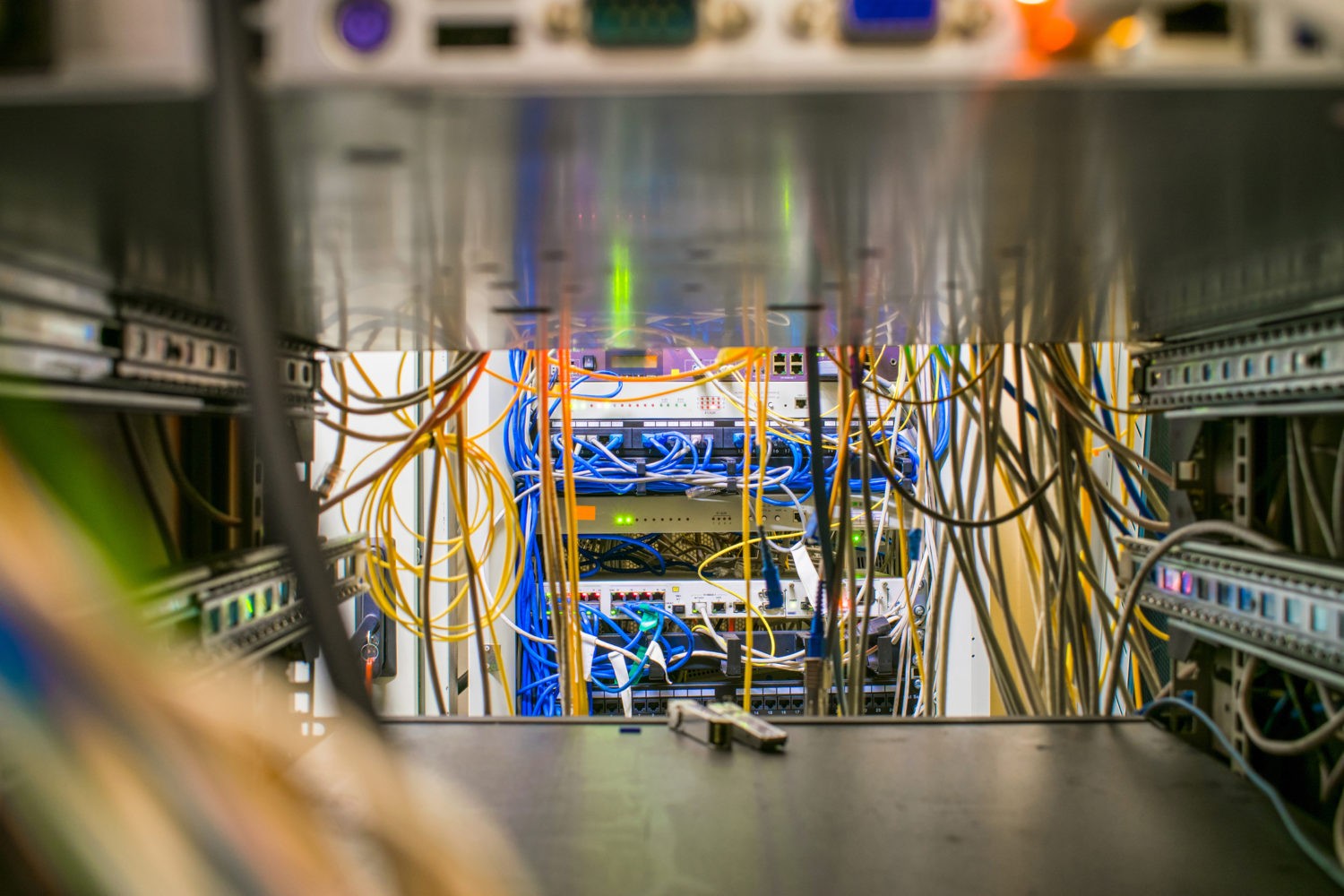
The reasons why businesses have a mishmash of technologies is because the data center and its leadership is being asked to do far more today than ever before.
Challenges Data Centers Face
Hyper scalability – Computing methods – like edge or cloud – make traditional deployments and management techniques obsolete. Today’s data center needs to scale data center capabilities incredibly quickly.
DevOps – Applications today are rife with interconnected software components geographically dispersed and dynamically scaled, which means the data center needs to match application processing speed.
New Hardware – The “data center in a box” is not a thing. Every environment is unique, and the variety of processors, storage, and interconnects means a data center must be flexible and scalable.
Hyper density – The data center needs more compute and storage to grow non-linearly, and within the confines of a limited footprint.
Complex workloads – IoT, Big Data, AI – the types of workloads managed by the data center are more complex and more variable.
As the pressure on the data center to perform has increased, IT leaders and specialists have taken another look at how the foundational infrastructure architecture can best meet these challenges head-on.
Data Center Architecture Evolution Is Ongoing
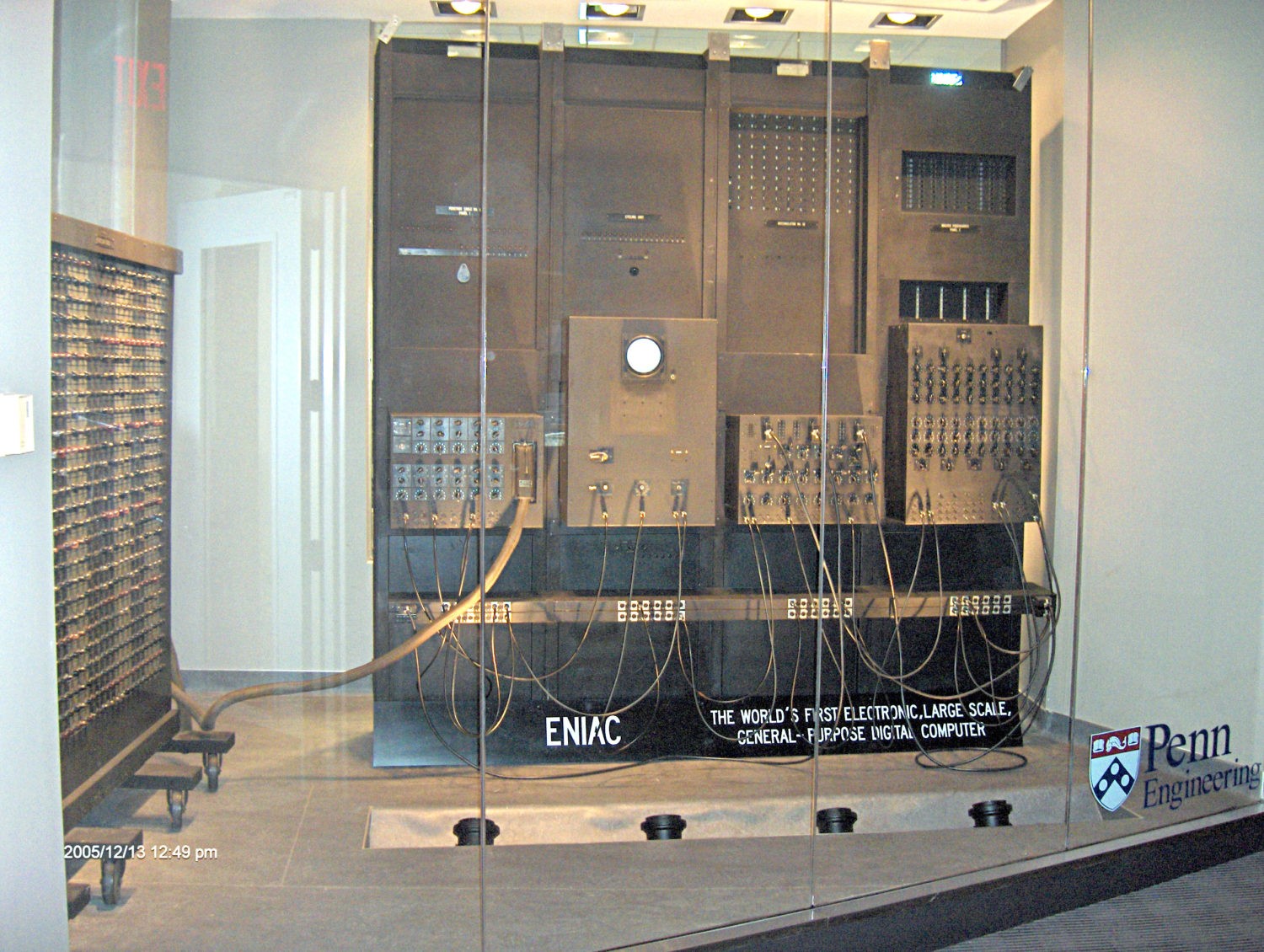
The earliest data centers were based on the computer rooms of the 1940s, massive environments meant to operate and maintain early, fully wired computers.
As the microcomputer industry took off in the 1980s, the data center became a more critical component of a company’s technology resource, utilizing inexpensive networking equipment and standard structured cabling.
Converged Infrastructure (CI)
IT sprawl was (and is) a very real issue for data centers, leading to increased costs, reduced efficiency, and less flexibility. Converged infrastructure (CI) is an answer to this natural progression towards entropy. By creating a virtualized resource hub, CI increases overall efficiencies across the data center using a single integrated IT management system.
IDC, CIO magazine, and InformationWeek have all written extensively about the many benefits of converged infrastructure with a specific focus on lower costs and increased IT agility.
Hyperconverged Infrastructure (HCI)
While converged infrastructure is effective in small-scale environments, most mid-market and enterprise organizations were limited by this architecture, not only because the hardware is proprietary in nature, but it ineffectively distributes resources at scale.
Thus, hyperconverged infrastructure (HCI) was born. Nutanix led the charge in creating the HCI market, though others quickly followed. HCI is a software-driven architecture that groups the server and storage tiers together, reducing latency and increasing scalability.
Today, most organizations use either a traditional CI or HCI deployment.
Disaggregated Hyperconverged Infrastructure (dHCI)
While HCI has many benefits, there are some significant disadvantages – especially for quickly growing businesses that need an easy-to-manage architecture that embeds as many elements of modern-day computing as possible – like disaster recovery, security, and cloud.
Plus, while more scalable than CI, HCI still requires the interdependent growth of storage and servers. That’s a challenge with the types of workloads companies use in today’s modern business environment.
Disaggregated hyperconverged infrastructure (dHCI) combines the simplicity of CI and the speed of HCI to create a more resilient, evolved data center architecture. There are numerous benefits to dHCI, though the value proposition most seized on by users today is disaster recovery as a service, or DRaaS.
CI vs HCI vs dHCI, Oh My
There’s no doubt data center architecture has come a long way, and IT leaders are constantly looking for ways to optimize the data center with limited budgets to deliver on business realities – and that’s not easy.
 Choosing between the different available architectures means having a complex understanding of both the current deployments in your data center and the scaling factors impacting your organization specifically.
Choosing between the different available architectures means having a complex understanding of both the current deployments in your data center and the scaling factors impacting your organization specifically.
Our teams are ready to help you map your data center architecture and build out a solution that delivers both an ROI and peace of mind.
Contact us and start building a more resilient data center today.
Download Our Whitepaper
Learn more about how software and architecture is modernizing the data center in our whitepaper Modernizing Your IT Environment with SDN.
Like what you read?
Contact us today to discuss data center infrastructure architectures.
About Mindsight
Mindsight is industry recognized for delivering secure IT solutions and thought leadership that address your infrastructure and communications needs. Our engineers are expert level only – and they’re known as the most respected and valued engineering team based in Chicago, serving emerging to enterprise organizations around the globe. That’s why clients trust Mindsight as an extension of their IT team.
Visit us at http://www.gomindsight.com.
About The Authors
Eric White is Chief Technology Officer and VP of Consulting Services at Mindsight. With over ten years of experience in information technology and leadership, Eric excels at implementing network and data center technologies, designing high-yield solutions for the business. Holding professional certifications from Microsoft, VMware, and EMC, as well as the Cisco CCNP, Eric is an expert at solving business realities with a client-centric focus that delivers.
Siobhan Climer, Siobhan writes about technology trends in education, healthcare, and business. With over a decade of experience communicating complex concepts around everything from cybersecurity to neuroscience, Siobhan is an expert at breaking down technical and scientific principles so that everyone takes away valuable insights. When she’s not writing tech, she’s reading and writing fantasy, hiking, and exploring the world with her twin daughters. Find her on twitter @techtalksio.
5 Benefits of Hyperconvergence (HCI): An Infrastructure Report
